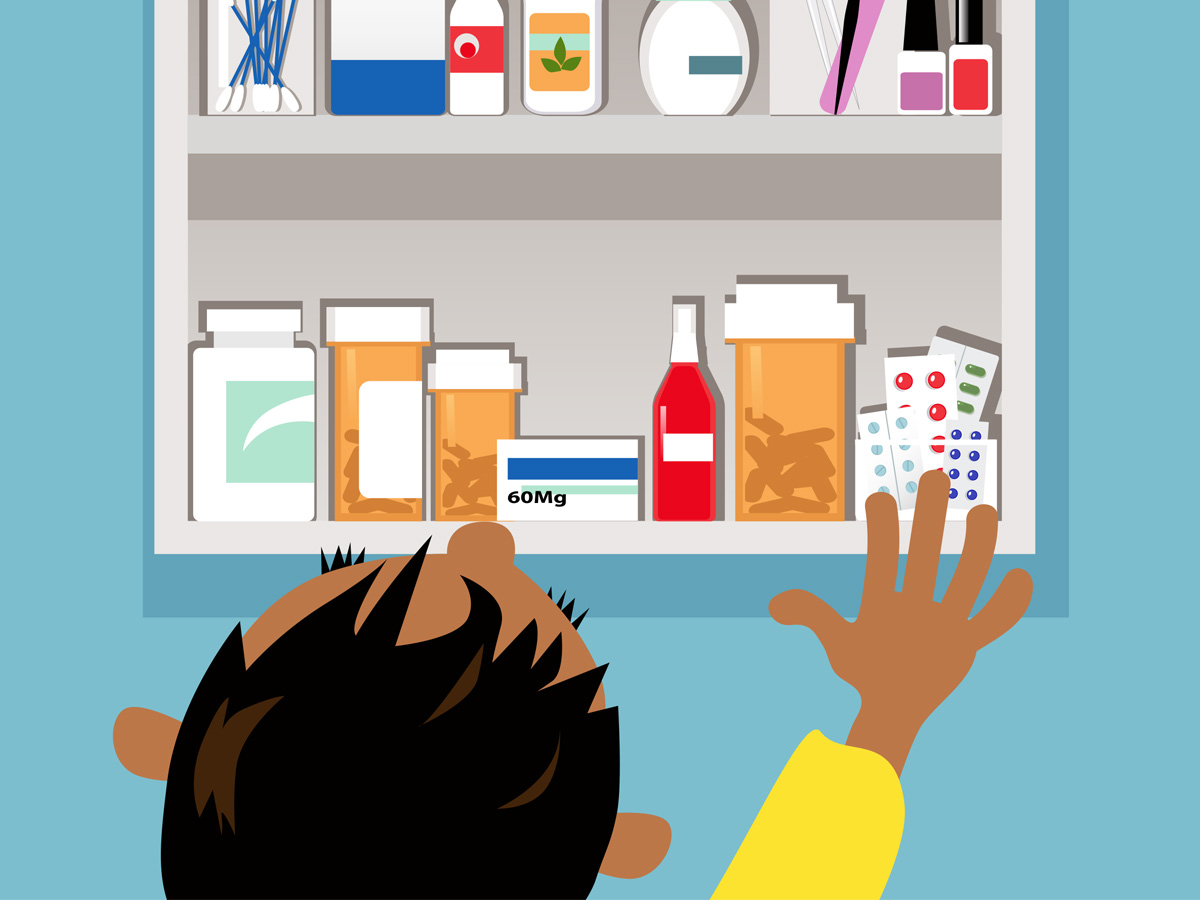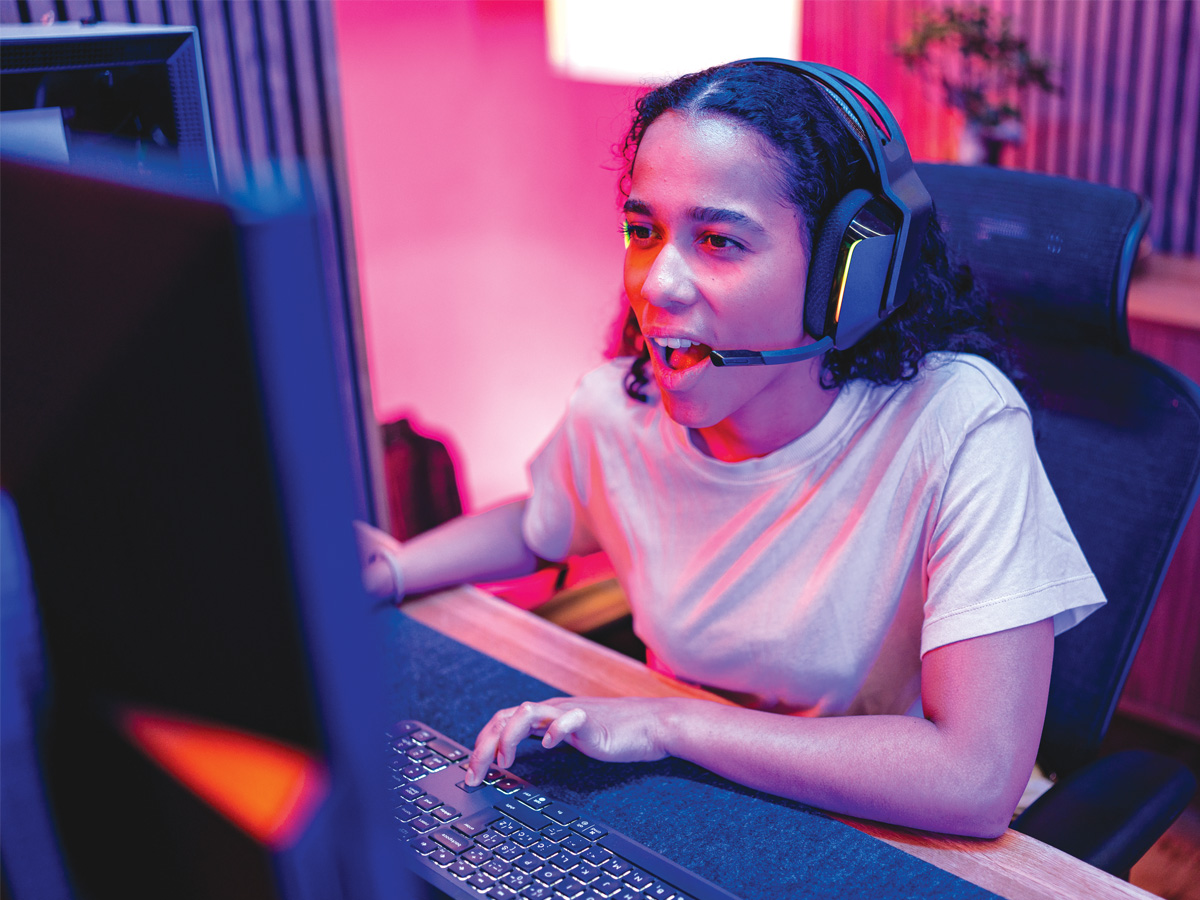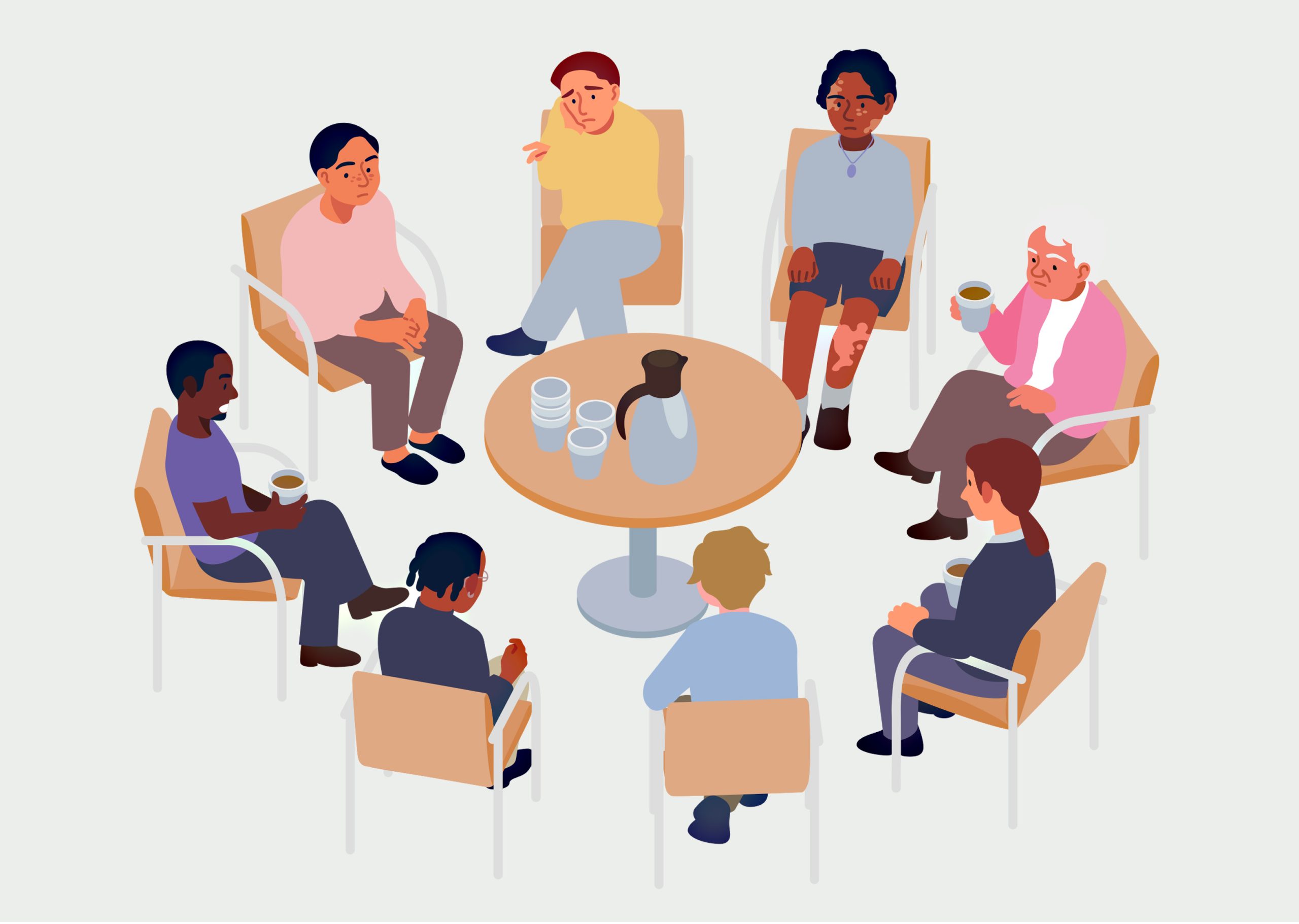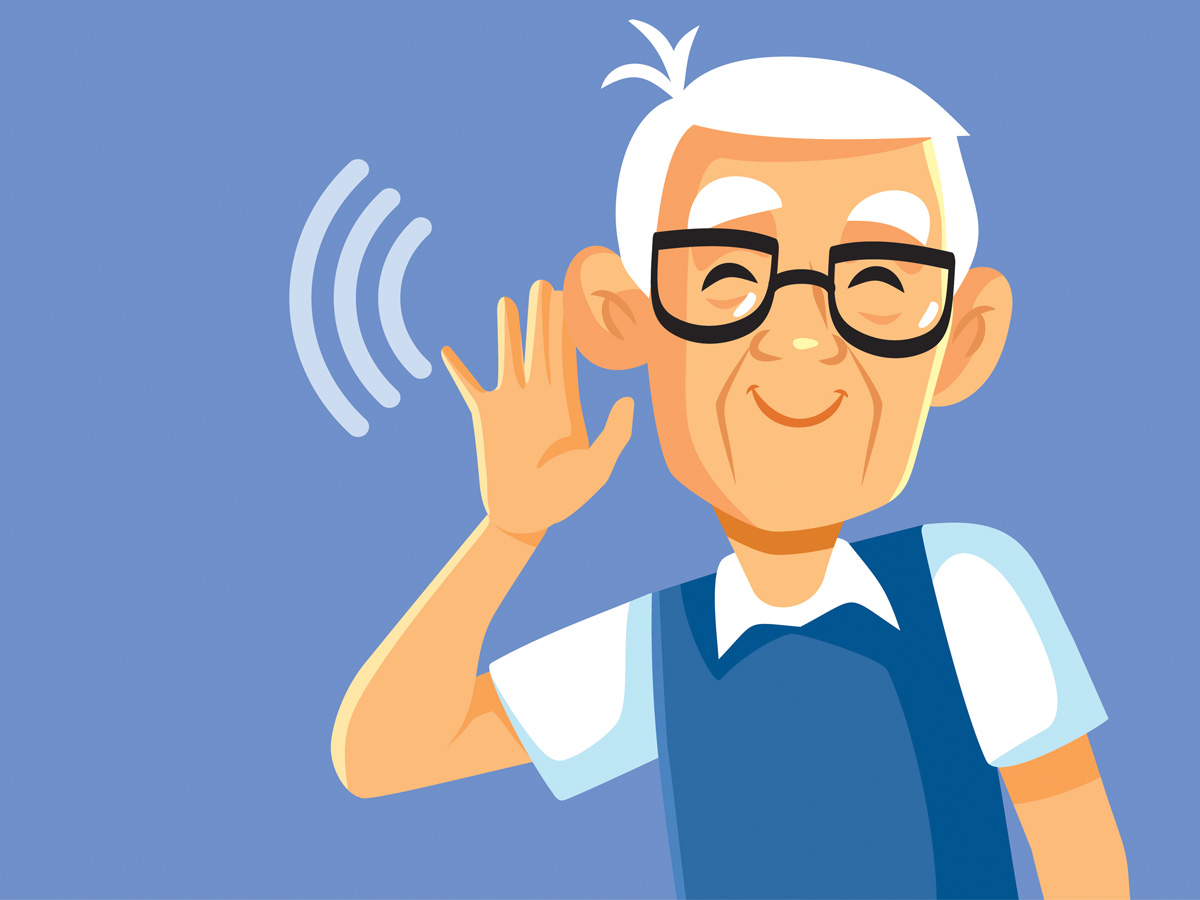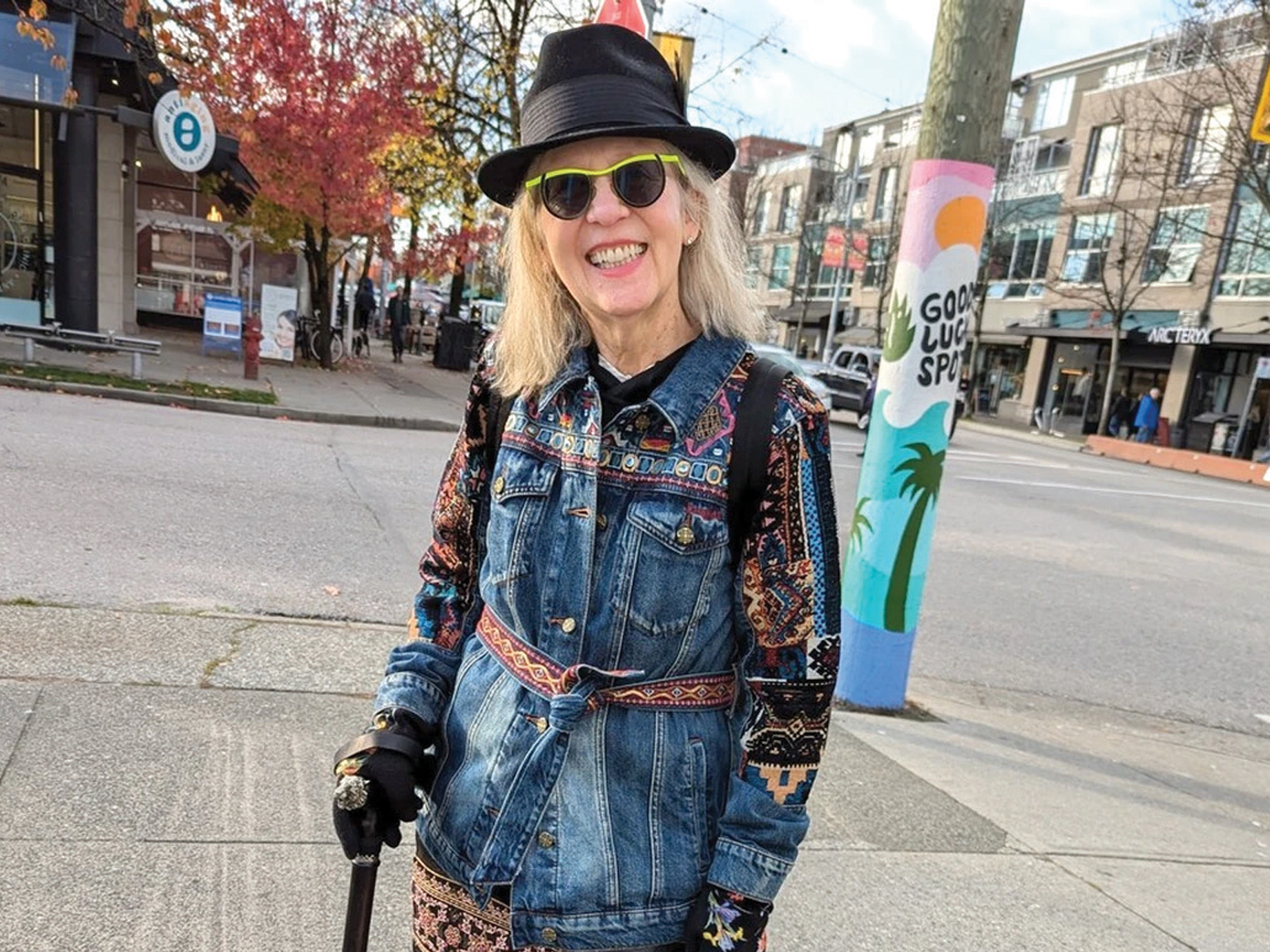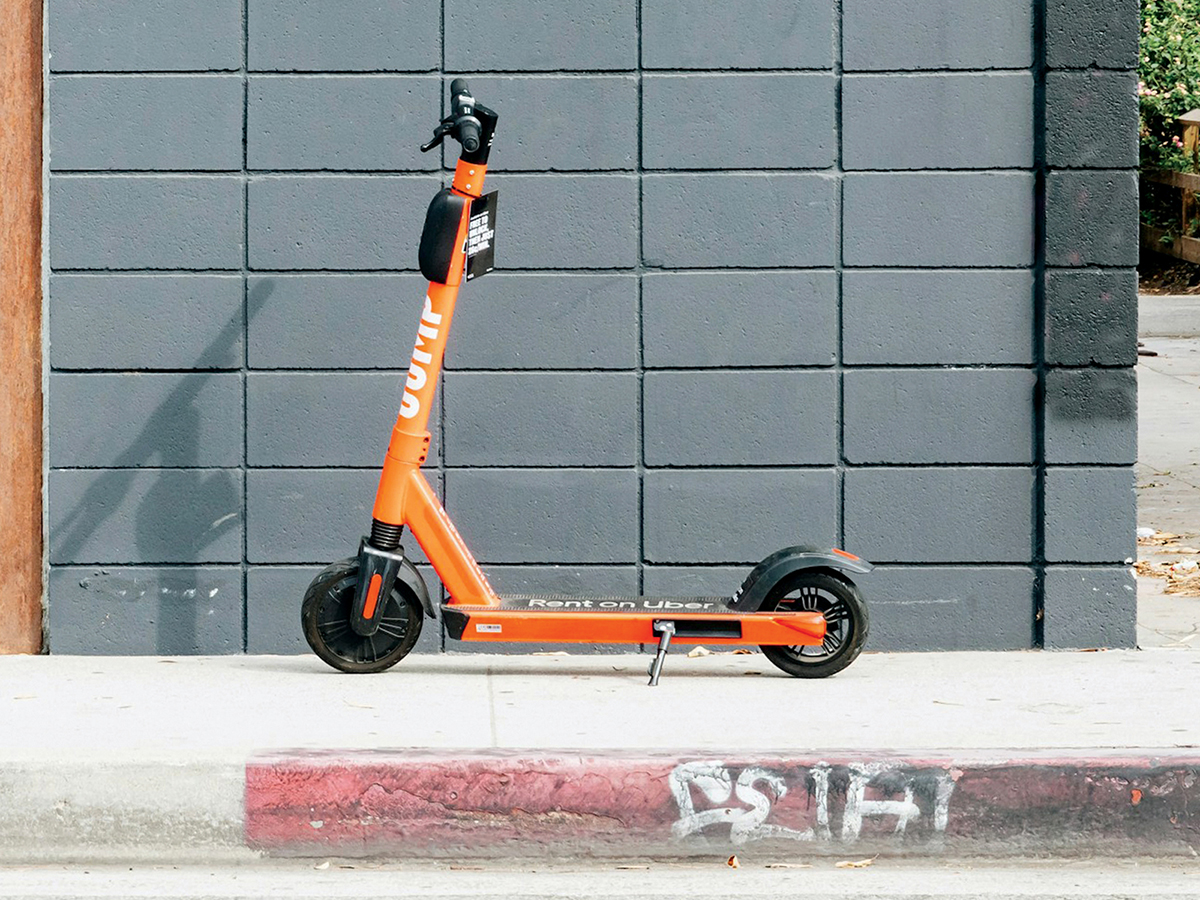Social media’s double-edged sword
Transforming the way we communicate, share information, and build communities—social media offers us all a world of opportunities. It also presents some significant challenges, and the potential for harm.
By examining both the positive and the negative impact and effects of social media on our lives, we can better understand how to foster an inclusive and supportive online environment for both ourselves and everyone else.
The good
Fostering connection and community: Today’s platforms have enabled individuals with disabilities to connect with others who share similar experiences.
Online groups and forums provide a welcome sense of belonging, allowing users to form meaningful relationships and share their stories. For many, these connections are a vital source of emotional support and camaraderie.
Prime examples of this effective type of social inclusion are organizations such as the Special Olympics, The Mighty, and Autism Speaks who use social media to create virtual communities. Here individuals and their families can engage, learn, and celebrate achievements. Joining platforms like this empowers users to feel seen and heard.
Promoting Advocacy and Awareness: Social media has become a powerful tool for educating and raising awareness around a wide range of disabilities and chronic conditions, as well as, the need for accommodations and accessibility.
Influencers, and activists within the disability community use platforms like Instagram, TikTok, and Twitter to share their experiences, advocate and challenge stereotypes.
Awareness campaigns such as #InclusionMatters and #ActuallyAutistic and government initiatives like AODA, have garnered widespread attention, re-shaping public perceptions and encouraging positive social change.
Reducing stigma and slaying myths by educating others about their own disabilities, symptoms and treatment protocols also enables change in the community and the workplace.
Skill Building: Social media platforms are a great resource for content that enhances learning and skill development. Many of us can benefit from tutorials, educational videos, and resources tailored to our interests and accessibility requirements. For instance, YouTube channels that teach life skills, share cooking tips, financial planning and money management, can be an easy and inexpensive way to learn—at your own pace.
Additionally, creating your own content on web platforms and socials like TikTok or YouTube can help build digital literacy, showcase artistic projects, improve communication skills, and gain confidence.
News and Entertainment: Social media has transformed the entertainment and media industry and created new opportunities for concerned citizens to stay immediately in-touch with what’s happening around the world, It also allows for home based entertainment where fans can play games, enjoy branded content (e.g., Netflix or Disney) and connect with celebrities and sports stars as well as celebrations and events.
Pathways to employment and entrepreneurship: Social media has new opened doors for employment, home-based work and entrepreneurial opportunities. By leveraging these platforms to display their talent, skills and creativity, some entrepreneurial folks have started small businesses, gained freelance work, assignments, or become influential paid content creators.
This not only provides financial independence but also challenges societal biases about their capabilities.
The bad and the ugly
Cyberbullying and harassment: Despite its potential for good, social media has also been shown as a breeding ground for negativity.
Individuals with disabilities and older adults can be particularly vulnerable to bullying and online harassment. Insensitive comments, trolling, and targeted attacks, are all too common. Research show these behaviours can leads to feelings of isolation, humiliation, anxiety, and depression, even suicide.
A 2021 study by the National Council on Disability found that individuals with disabilities are twice as likely to experience cyberbullying as their non-disabled peers. This underscores the urgent need for platforms to enforce stronger anti-bullying policies.
Misinformation and exploitation: The spread of fake news, abuse, and misleading content can have harmful consequences for any of us.
Incorrect information and data, financial scams, phoney support groups, or the misuse of Artificial Intelligence (AI) can prey on those who are unprotected or isolated. Bad actors can also exploit trust, damage reputations, and cause financial or emotional harm.
Additionally, nastiness, hate and propaganda that perpetuates stereotypes and undermines good will and advocacy efforts can be rampant on-line.
Accessibility barriers: While socials offer many of the mentioned positive opportunities, not all platforms are fully accessible and not everyone can afford unlimited data plans.
Poorly designed interfaces, lack of screen reader compatibility, software and hardware costs along with complex navigation protocols can exclude individuals with disabilities from participating fully.
Some apps and subscription services also require fees and longer-term commitments. All these things can, for some, create what’s been coined as “a digital divide “that further marginalizes some individuals.
Overuse and mental health concerns: Being glued to our screens and social feeds, also known as doomscrolling, can negatively impact mental health.
For individuals living with disabilities, the pressure to fit in, gain followers, or adhere to societal beauty standards can exacerbate feelings of inadequacy. Unrealistic expectations and comparisons to online profiles may also impact one’s sense of self, and lead to unhealthy behaviours or out of control spending. Excessive time online has been shown to interfere with real-world social interactions and responsibilities, work and school time which often results in missed opportunities along with feelings such as a fear of missing out, negativity bias, and a lack of control.
A call for Improvement
To maximize the benefits of social media while minimizing its drawbacks, collective action is required from platforms, policymakers, advocacy groups, and individuals. Recommendations include:
1) Enhancing platform accessibility:
Social media companies must prioritize creating accessible interfaces that accommodate diverse needs. Features like text-to-speech, simplified navigation, closed captions, and customizable settings can ensure inclusivity.
2) Strengthening policies and protections:
Platforms should enforce robust anti-bullying policies and provide tools for reporting and addressing harassment. Utilizing protected AI features to detect scams may also be helpful. As well, educating users about recognizing and reporting scams is also crucial.
3) Promoting digital literacy:
Providing education on safe and responsible social media use is essential. For example, we should all learn how to verify online accounts and special discount offers by checking official sources, before sharing personal information or ahead of clicking on suspicious weblinks. Advocacy groups and schools can also help by collaborating to teach individuals with disabilities how to navigate platforms safely, to identify reliable information, and to recognize when social media use becomes excessive.
4) Amplifying positive representation:
Encouraging individuals with disabilities to share their stories and talents can combat stereotypes and promote understanding. Brands and influencers can also collaborate with members of this community to amplify their voices.
The path forward
Social media’s double-edged sword highlights the importance of intentional action by each and every one of us.
As a community of people who have both a lot to gain and a lot to lose let’s take the lead in ensuring social media becomes a safer more dynamic tool for inclusion, not exclusion.
Joey Florence, MSW, RSW is a Reena Employment Counsellor for adults living with disabilities and founder of “The Social Reboot” an innovative school education program that empowers and equips individuals with actionable insights to foster healthier digital habits and mental well-being. Email: thesocialreboots@gmail.com
Upping your game
To be safer, more comfortable and in control, try these tips:
Set app limits: Use built-in features on smartphones or third-party apps to limit daily usage of social media platforms.
Turn off notifications: Reducing the constant stream of notifications can help minimize the urge to check social media frequently.
Establish screen-free zones: Designate areas of your home, such as the bedroom or dining table, as screen-free zones to encourage real-world interaction.
Turn off devices before bed: Power down phones and other devices at least one hour before sleep to promote melatonin production, thus enhancing better rest and relaxation.
Schedule social media-free days: Dedicate certain days or times to disconnecting from social media entirely to recharge and focus on other activities.
Read something positive everyday: Focus on reading positive news stories and follow positive leaders, friends, and inspirational accounts that help you focus on the beauty of each day.
Image: Mac Loong


